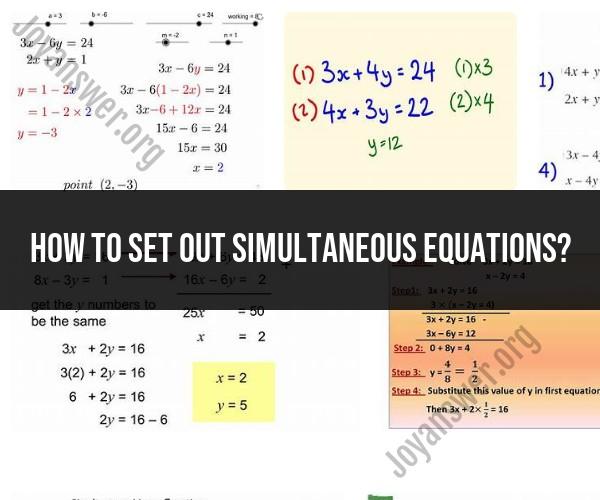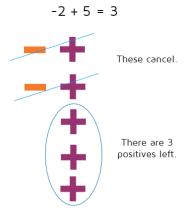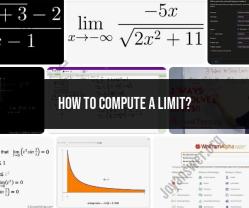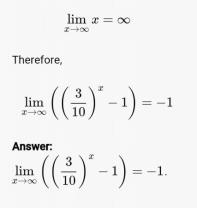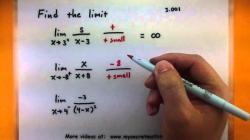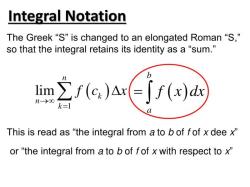How to set out simultaneous equations?
Solving simultaneous equations involves finding the values of multiple unknown variables by setting up and solving a system of equations. This step-by-step guide will walk you through the process of setting up and solving simultaneous equations.
Step 1: Define the Variables
- Identify the variables you need to solve for. Typically, you'll use letters like x, y, and z to represent these unknowns.
Step 2: Write Down the Equations2. Write down the equations that relate the variables. Simultaneous equations can be linear or nonlinear. We will focus on linear equations for this guide.
Step 3: Standardize the Equations3. Standardize the equations by moving all the terms to one side, so each equation is in the form: ax + by + cz = d. This helps in comparison and simplification.
Step 4: Label the Equations4. Number the equations, especially if you have more than two. Label them as Equation 1, Equation 2, and so on.
Step 5: Choose a Method5. Decide which method you want to use to solve the simultaneous equations. The two common methods are the substitution method and the elimination method. Choose the one that you are most comfortable with or that seems most suitable for your equations.
Step 6: Solve by Substitution Method (if chosen)6.1 Solve one of the equations for one variable in terms of the other variable(s). Let's say you solve Equation 1 for x:x = (d - by - cz) / a
6.2 Substitute this expression into the other equation(s). If you're solving for two variables (x and y), substitute this expression for x into Equation 2:a[(d - by - cz) / a] + by + cz = d'
6.3 Now, you have an equation with only one variable, which can be solved. Solve for that variable.
6.4 Once you find the value of one variable, substitute it back into one of the original equations to find the value of the other variable.
Step 7: Solve by Elimination Method (if chosen)7.1 Multiply the equations by appropriate constants so that coefficients of one of the variables in both equations are equal but with opposite signs. This will allow you to eliminate one of the variables when you add or subtract the equations.
7.2 Add or subtract the equations to eliminate one of the variables and solve for the other.
7.3 Once you find the value of one variable, substitute it back into one of the original equations to find the value of the other variable.
Step 8: Check Your Solution8.1 Substitute the values of the variables back into both original equations to verify that they satisfy both equations.
8.2 If the values satisfy both equations, you have found the solution to the simultaneous equations.
Remember that the specific method you choose depends on the nature of your equations and your personal preference. Simultaneous equations may have one unique solution, no solution, or an infinite number of solutions. Always check your solutions to ensure they are correct.
How to set up and solve simultaneous equations?
To set up simultaneous equations, you need to identify the two unknowns in the problem. Then, write down two equations that relate the two unknowns.
For example, if you are trying to solve the following problem:
The sum of two numbers is 10, and the difference of the two numbers is 2. What are the two numbers?
You can set up the following simultaneous equations:
x + y = 10
x - y = 2
where x and y are the two unknown numbers.
Once you have set up the equations, you can solve them using a variety of methods. One common method is to use elimination. To do this, you add or subtract the equations in order to eliminate one of the unknowns.
In the example above, you can eliminate y by adding the two equations together. This gives you the following equation:
2x = 12
Divide both sides of the equation by 2 to get the solution:
x = 6
Now that you know the value of x, you can substitute it into one of the original equations to find the value of y. For example, you can substitute x = 6 into the equation x + y = 10 to get:
6 + y = 10
Subtract 6 from both sides of the equation to get the solution:
y = 4
Therefore, the two numbers are 6 and 4.
What is the purpose of using simultaneous equations in mathematics?
Simultaneous equations are used to solve problems that involve two or more unknowns. They are used in a variety of different fields, including mathematics, science, and engineering.
For example, simultaneous equations can be used to solve problems in physics, chemistry, and economics. They can also be used to solve problems in computer science and artificial intelligence.
Can you provide examples of real-world problems that involve simultaneous equations?
Here are some examples of real-world problems that involve simultaneous equations:
- Mixing two solutions: If you are trying to mix two solutions of different concentrations to get a solution of a specific concentration, you can use simultaneous equations to calculate the amount of each solution to mix.
- Investing money: If you are trying to invest money in two different investments with different returns, you can use simultaneous equations to calculate the amount of money to invest in each investment to get a desired return.
- Calculating speed and distance: If you know the speed of a moving object and the time it takes the object to travel a certain distance, you can use simultaneous equations to calculate the distance traveled by the object and the time it takes to travel a different distance.
What are the steps for solving systems of equations graphically?
To solve systems of equations graphically, you need to graph each equation on a coordinate plane. The point of intersection of the two graphs is the solution to the system of equations.
To graph an equation, you need to find the x-intercept and y-intercept of the equation. The x-intercept is the point where the graph crosses the x-axis. The y-intercept is the point where the graph crosses the y-axis.
Once you have found the x-intercept and y-intercept of each equation, you can plot the points on the coordinate plane and connect them with a line.
The point of intersection of the two lines is the solution to the system of equations.
Are there strategies for handling more complex systems of simultaneous equations?
Yes, there are strategies for handling more complex systems of simultaneous equations. One common strategy is to use a computer algebra system (CAS). A CAS is a software program that can solve mathematical equations and problems.
Another strategy for handling more complex systems of simultaneous equations is to use matrix methods. Matrix methods are a way of representing and solving systems of equations using matrices.
If you are having difficulty solving a system of simultaneous equations, you can try using a CAS or matrix methods. You can also ask for help from a teacher or tutor.
